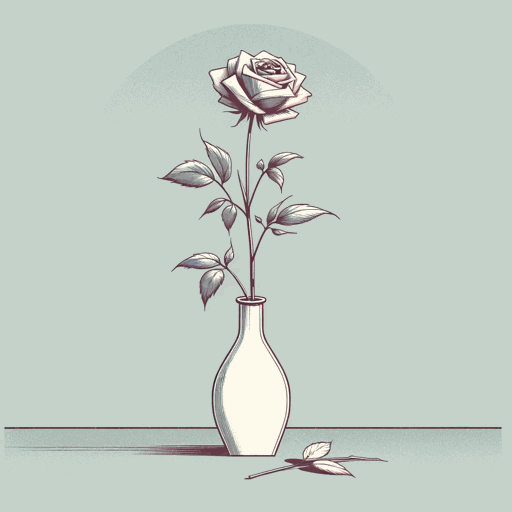30 pages • 1 hour read
Nathaniel HawthorneDr. Heidegger's Experiment
Fiction | Short Story | Adult | Published in 1837A modern alternative to SparkNotes and CliffsNotes, SuperSummary offers high-quality Study Guides with detailed chapter summaries and analysis of major themes, characters, and more.
Summary and Study Guide
Summary: “Dr. Heidegger’s Experiment”
“Dr. Heidegger’s Experiment” is a short story about a doctor who invites four elderly friends to his study to participate in a curious experiment that temporarily restores their youth. The story explores themes of Youth and Old Age, Humans Versus Nature, and Good and Evil. It invites questions like: Does age affect an individual’s potential for happiness? If given a second opportunity to relive youthful years, would a person remediate their failures?
“Dr. Heidegger’s Experiment” was written by American short story writer and novelist Nathaniel Hawthorne (1804-1864). It first appeared anonymously in Lewis Gaylord Clark’s literary magazine The Knickerbocker under the title “The Fountain of Youth.” Later, it was included in Twice-Told Tales (1837), one of Hawthorne’s most popular books, along with The Scarlet Letter (1850) and The House of the Seven Gables (1851). This guide refers to the illustrated Kindle Edition of “Dr. Heidegger’s Experiment” published in May 2022. The edition is prefaced by a biography of Nathaniel Hawthorne, a summary of the book, and a list of characters.
Dr. Heidegger, an old and “very singular man” (13), invites Mr. Medbourne, Colonel Killigrew, Mr. Gascoigne, and Widow Wycherly to meet him in his “dim, old-fashioned” (13) study. The guests are all “melancholy old creatures, who had been unfortunate in life, and whose greatest misfortune it was that they were not long ago in their graves” (13). The narrator attests to having heard fantastic stories about the doctor, who is known for his mysterious experiments and collection of magical objects. Among the antique furniture that decorates his study are a “bronze bust of Hippocrates” (13), a closet with a skeleton inside of it, a mirror believed to hold the spirits of the doctor’s deceased patients, a portrait of the doctor’s ex-lover, and a book of magic that causes ghostly events to occur when lifted. The young woman in the portrait is Sylvia Ward, a woman Dr. Heidegger almost married 50 years ago. His bride, however, “being affected with some slight disorder [had] swallowed one of her lover’s prescriptions, and died on the bridal evening” (15). The doctor kept the rose she gave him to wear on their wedding day in his book of magic.
To begin the experiment, Dr. Heidegger shows his guests a dried rose and asks if they believe it possible that a “rose of half a century” (17) could ever bloom again. Widow Wycherly is the first to express doubt, arguing that the rose, like her wrinkled face, can never bloom again. Despite her disbelief, Dr. Heidegger drops the withered rose into a vase full of water. The guests watch as the “dried petals stirred, and assumed a deepening tinge of crimson, as if the flower were reviving from a deathlike slumber” (17). Initially, the guests think it’s a magic trick. They call it “a very pretty deception” (17) until Dr. Heidegger reveals that the water is from the famous Fountain of Youth in Florida.
Colonel Killigrew asks about the water’s effect on humans. The doctor invites the guests to try it for themselves, excusing himself from the experiment, because he is in “no hurry to grow young again” (18). Before they drink the water, “apparently impregnated with an effervescent gas, for little bubbles were continually ascending from the depths of the glasses, and bursting in silvery spray at the surface” (18), Dr. Heidegger cautions the four guests to utilize their wisdom in “passing a second time through the perils of youth” (19). Again, the guests disregard the doctor’s words and continue to drink the “liquor of youth” (20). Almost immediately, the guests’ physical and mental states improve.
Under the influence of the water of youth, the guests beg for more, and the doctor continuously fills their glasses. The liquor “seemed to have wrought a change on their whole systems. Their eyes grew clear and bright; a dark shade deepened among their silvery locks” (19). Widow Wycherly finds her way to the mirror to see if she has truly become beautiful again after receiving a compliment from Colonel Killigrew. Mr. Gascoigne, a “ruined politician [and] man of evil fame” (13), talks about “patriotism, national glory, and the people’s right” (21). Colonel Killigrew, who wasted his youth pursuing pleasures, sings a “jolly bottle song” (22) and gazes upon Widow Wycherly’s “buxom figure” (21). Mr. Medbourne, who was once a prosperous merchant but lost all his riches by “frantic speculation” (13), thinks of a new business endeavor.
The guests drink until sunset, by which time they are in the “happy prime of youth” (22), feeling like “new-created being[s] in a new-created universe” (22). Dr. Heidegger observes his guests as they become more joyful. The three friends celebrate their dramatic transformation, even as they begin to behave like noisy children. They ridicule Dr. Heidegger’s old appearance. Soon the three men are so enamored by Widow Wycherly’s beauty that they compete over who gets to dance with her. Mr. Medbourne brings up that she had promised him her hand 50 years ago. Eventually, the three men become entangled in a physical fight over Widow Wycherly, repeating their behavior of years ago. The narrator remarks that “the tall mirror reflected the figures of the three old gray, withered grandsires, ridiculously contending for the skinny ugliness of a shriveled grandam” (26).
As they tussle, they break the vase holding the water of youth, causing the remains to waste on the floor and the rose to wither again. With each passing moment, the guests feel their charm fading away. The narrator questions, “[W]as it an illusion?” (28). Dr. Heidegger retrieves his shriveled rose from the floor and proclaims, “I love it as well thus as in its dewy freshness” (28). Dr. Heidegger claims that he learned a lesson from the experiment and says that he would not drink the water of youth, not even if “the fountain gushed at [his] very doorstep” (28).
With no water of youth left, the four friends decide to travel to Florida to drink from the Fountain of Youth morning, noon, and night.
Related Titles
By Nathaniel Hawthorne
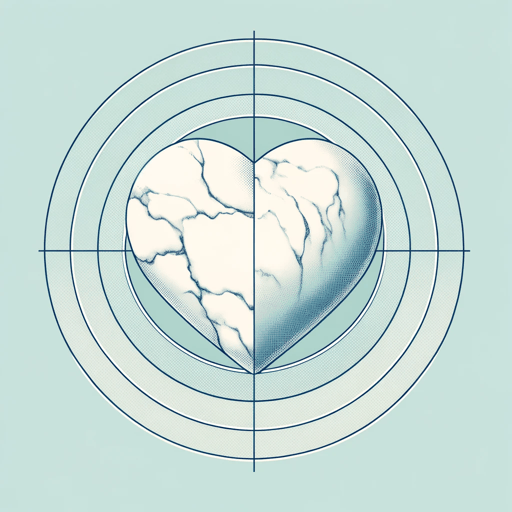
Ethan Brand
Nathaniel Hawthorne
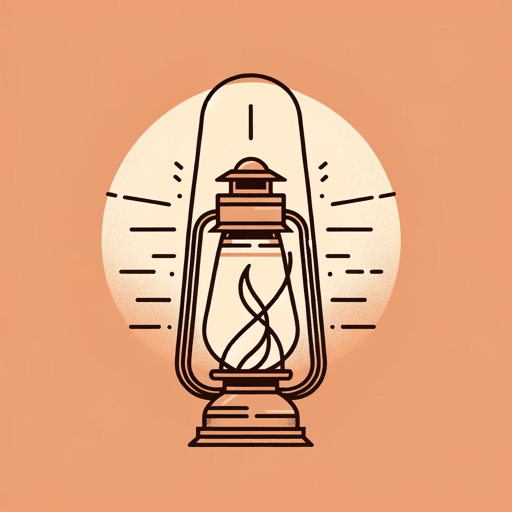
My Kinsman Major Molineux
Nathaniel Hawthorne
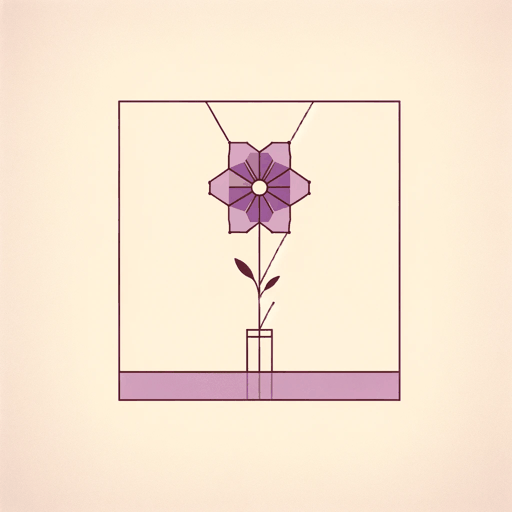
Rappaccini's Daughter
Nathaniel Hawthorne

The Ambitious Guest
Nathaniel Hawthorne

The Artist of the Beautiful
Nathaniel Hawthorne
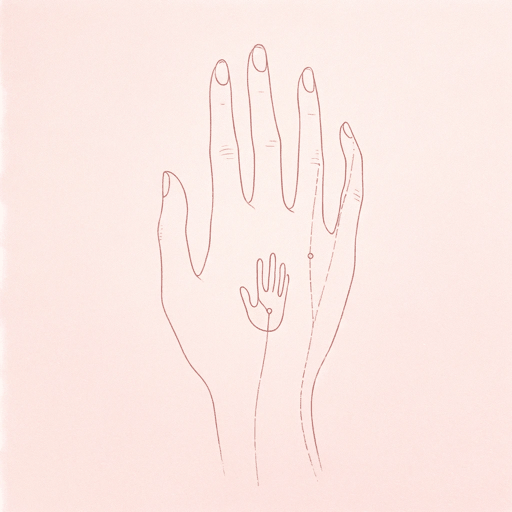
The Birthmark
Nathaniel Hawthorne
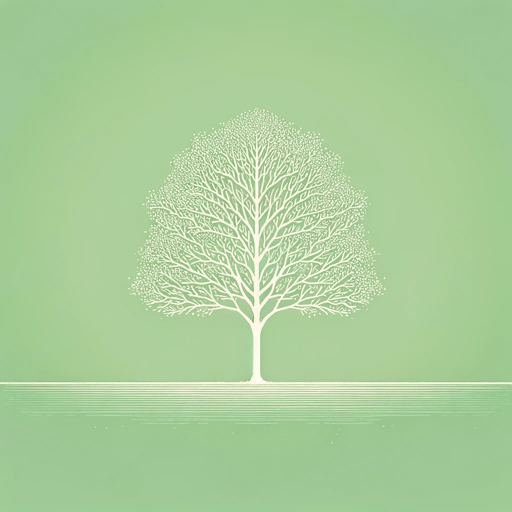
The Blithedale Romance
Nathaniel Hawthorne
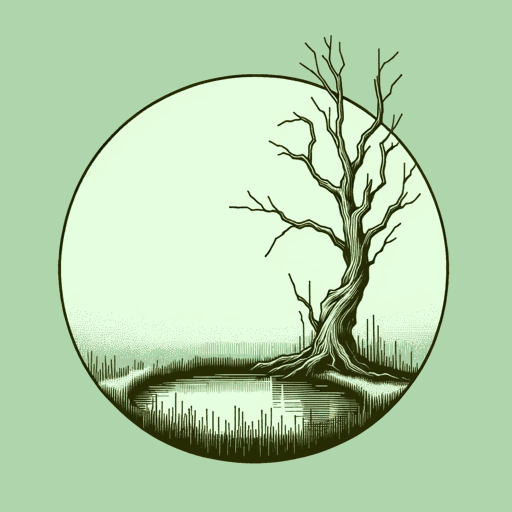
The Hollow of the Three Hills
Nathaniel Hawthorne
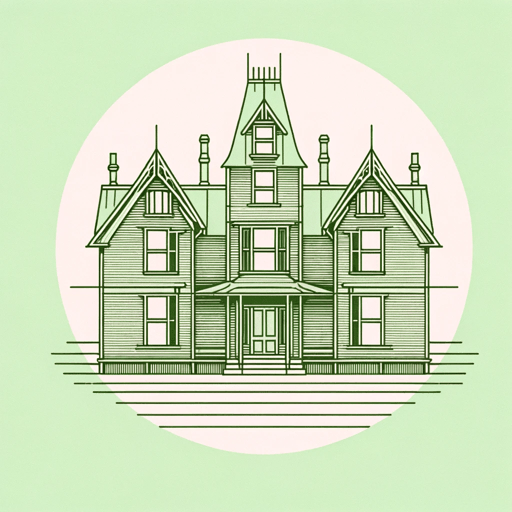
The House of the Seven Gables
Nathaniel Hawthorne
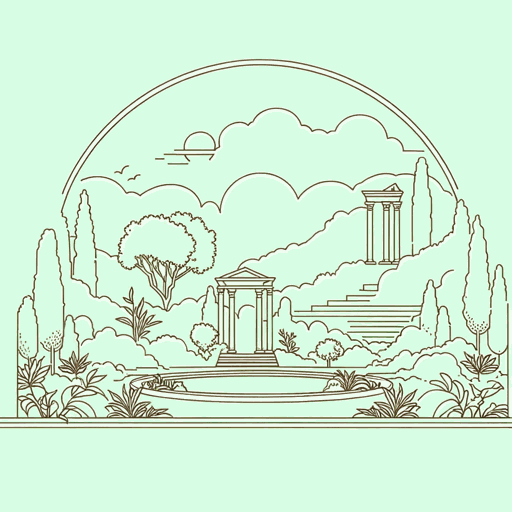
The Marble Faun
Nathaniel Hawthorne
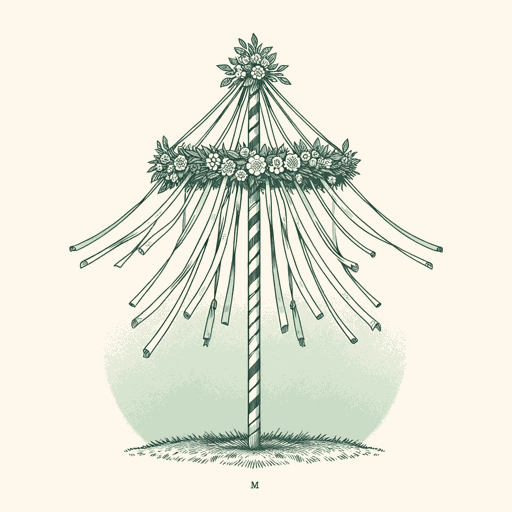
The Maypole Of Merry Mount
Nathaniel Hawthorne
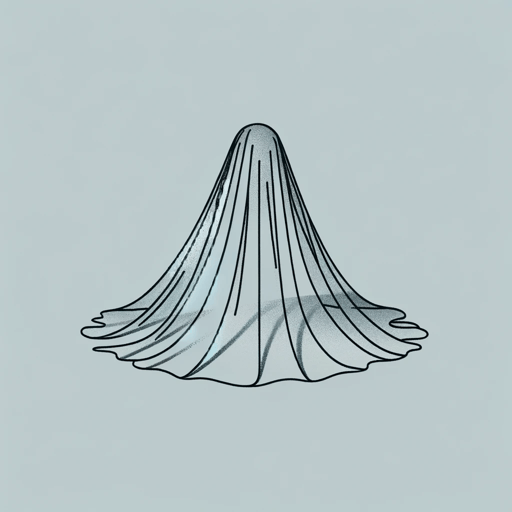
The Minister's Black Veil
Nathaniel Hawthorne

The Scarlet Letter
Nathaniel Hawthorne

The Wives of the Dead
Nathaniel Hawthorne

Young Goodman Brown
Nathaniel Hawthorne
